The Australian Federal Solar Battery Rebate is Now Available
The Australian Federal Solar Battery Rebate is Now Available
Posted 4 Dec
When we make coffee, wash our clothes, or turn the oven on, we rarely stop to think about the marketplace of where this electricity is bought and sold. The National Electricity Market is a highly complex system that provides east-Australia with electricity, but how does it work?
The National Electricity Market, otherwise known as 'the NEM' is responsible for interconnecting Australian states NSW, ACT, QLD, VIC, SA, and TAS.
As it is difficult to store electricity, they distribute the electricity into the markets as a “pool”. The “pool” or spot market is
where supply and demand of power is instantly complimented through a centralised process.
First, we need to explain the nature of electricity supply and demand. At any point in time the electrical energy generated must equal the energy consumed. Energy must have somewhere to go; always.
The result of too little energy generation and too much consumption is a drop in the grid voltage; much the same as how our car
headlights dim whilst we are cranking the engine.
On the grid the opposite occurs when generation exceeds consumption, which leads to a rise in the grid voltage and potential damage to
appliances.
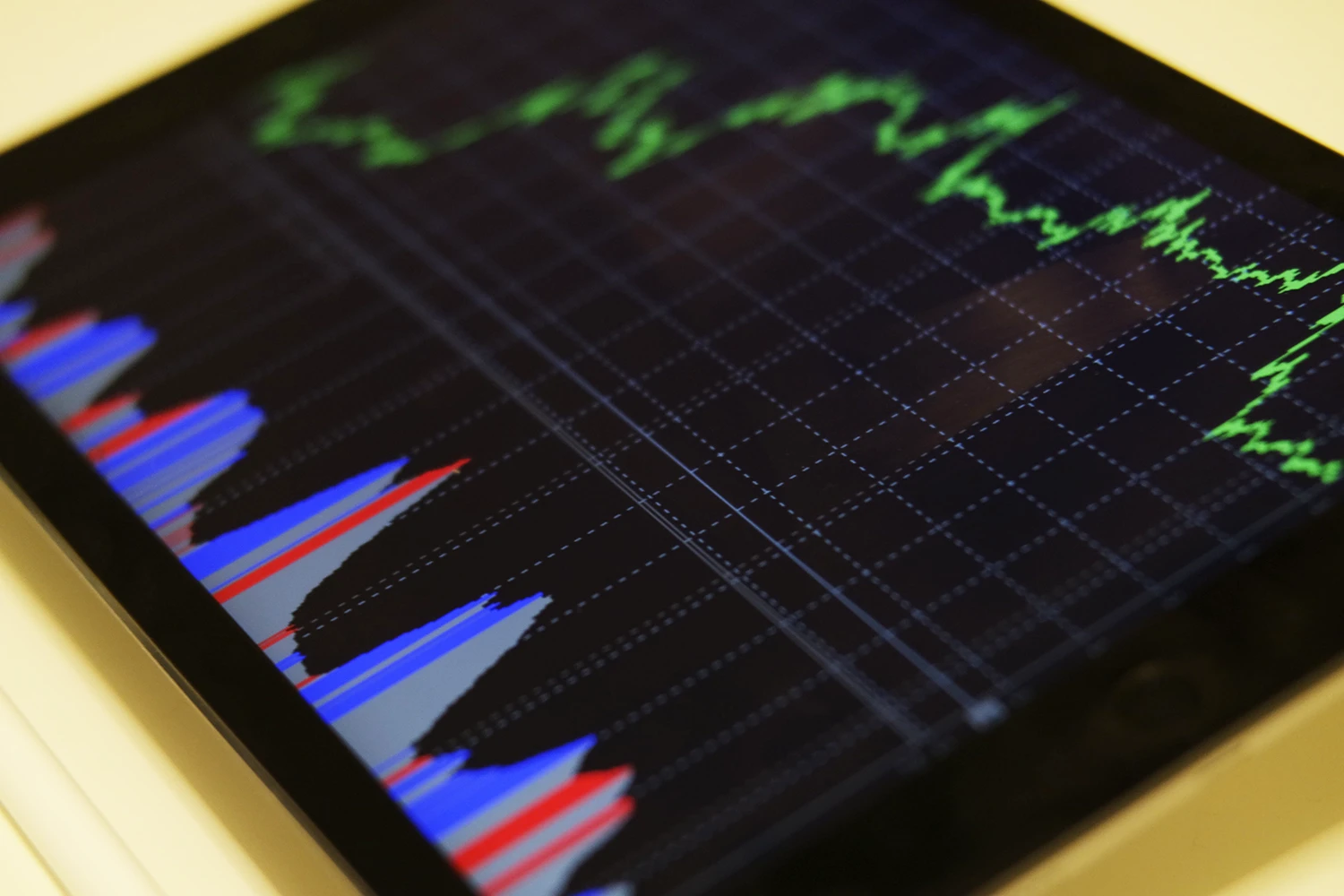
In both south, and south-eastern Australia, the integral interconnection of electricity generation and consumption, the NEM grid allows the distribution of energy.
This combination of contracts between parties and wholesale, electricity auction allows market participants to buy and sell energy, with
supply and demand being matched in real-time through a coordinated dispatch process, with the cheapest energy providers being put into
operation first.
This approach is designed to meet energy consumption needs in the most cost-efficient way.
The National Electricity Market operates in real time, the process of matching supply and demand operates in primarily half hourly
intervals throughout the day and night.
Retailers we buy our energy from, participate in this wholesale market, paying for energy they have either contracted to buy at a certain price from a generator or purchased on the spot or immediate market at a price which may vary from a contracted price.
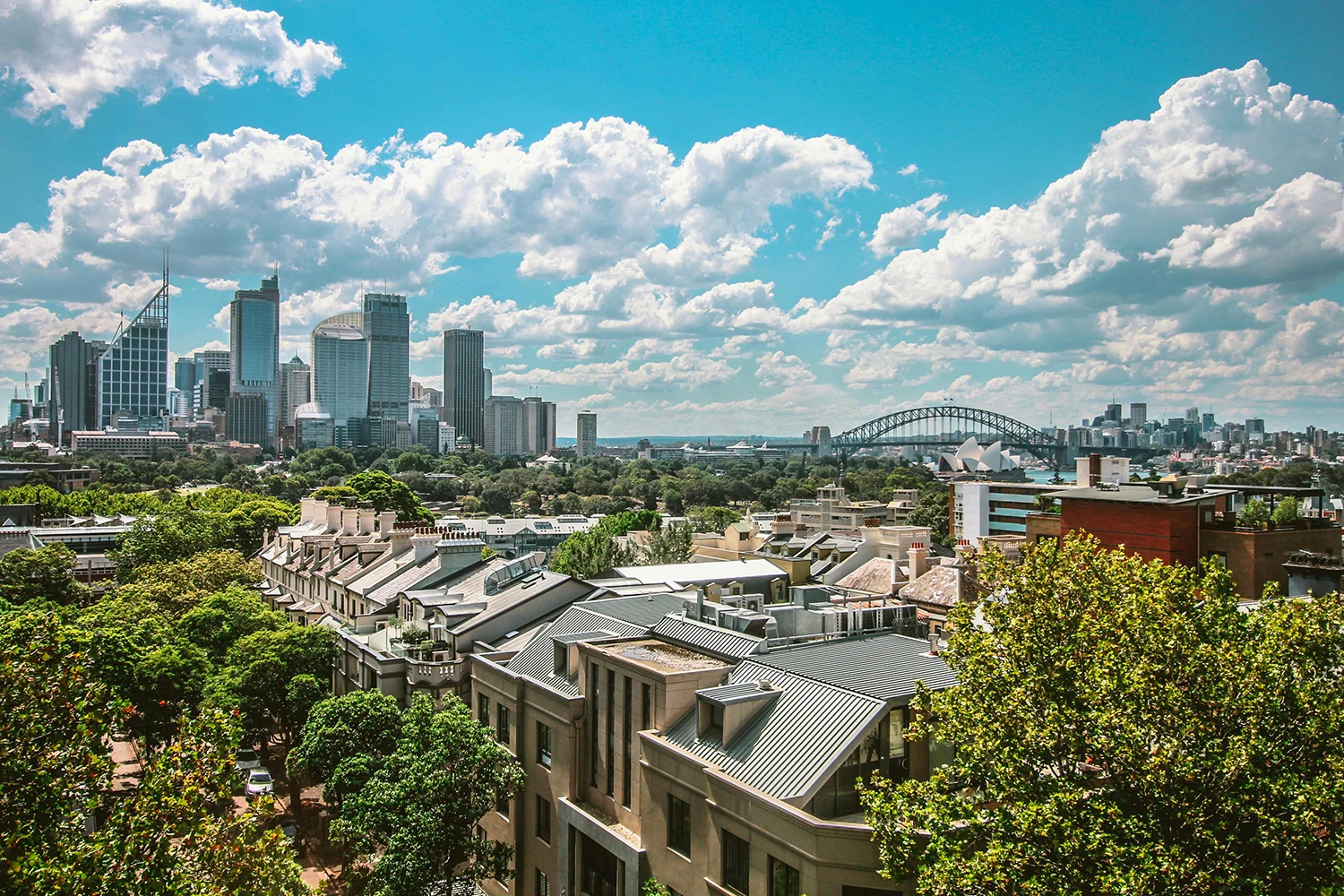
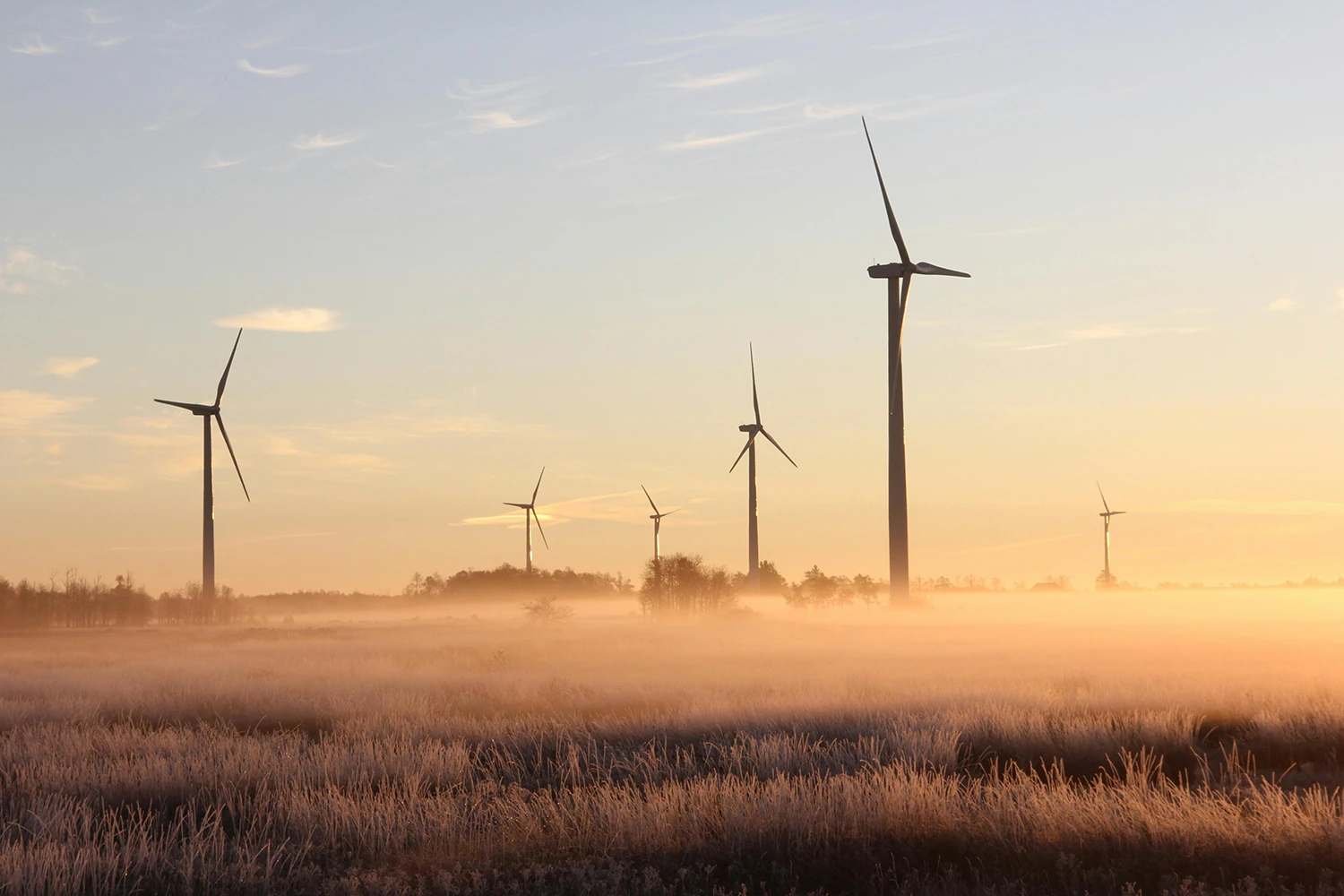
The retailer then sells us that energy. Because the retailer has an obligation to supply us with energy at a fixed price, they must
absorb any unforeseen market price rise.
Also, if the market has been kind to the retailer the price, he pays at a particular instance might have been lower than expected, hence a windfall for the retailer. Until the energy regulator permits a retail price rise the retailer is obliged to sell us the energy at a fixed price, and he must absorb, by using various financial instruments.
The organisation which controls the NEM is the Australian Energy Market Operator (AEMO). The AEMO
receives its operating rules and authority from the Australian Energy Market Commission (AEMC) which
in turn receives its overarching authority and policy from the state governments in which the NEM operates.
In the auction process described above where the lowest cost generators are selected over more expensive ones it is easy to see that those
generators which do not have fuel costs via. Solar and Wind, will have a natural advantage over fossil fuelled generators.
As solar adoption results in increased renewable electricity production, the transition to a renewable future is advanced further.
With the increasing rooftop solar properties in Australia, there has been regular events called 'Negative spot prices' or 'Negative Price
Events' that when they occur, energy generators actually pay you to consume electricity because of the surplus.
The AEMO measured the electricity market with some key statistics - Australia's total energy production partitioned into resource categories (as of 2020/21). Source: AEMO.
131.27 TWh
13.33 TWh
21.20 TWh
14.64 TWh
7.81 TWh
14.39 TWh
0.11 TWh
0.18 TWh
Solar battery storage is becoming more mainstream because of the valuable feature of allowing properties to store energy harnessed from solar in the daytime, for use at night and during power outages. This adoption is assisting the transition to renewable energy.
House rooftop energy falls into the category of a Distributed Energy Resource (DER) and efficiency logic dictates that this energy is best used close to the point where it is generated. Solar energy storage follows the same logic; storing it close to where it is generated and used - the ultimate efficiency.
This would minimise the issue of high peak demand periods on a large-scale as well as large price fluctuations in the National Electricity Market. This encourages homes to be more self-sustainable in the way they both produce and store energy.
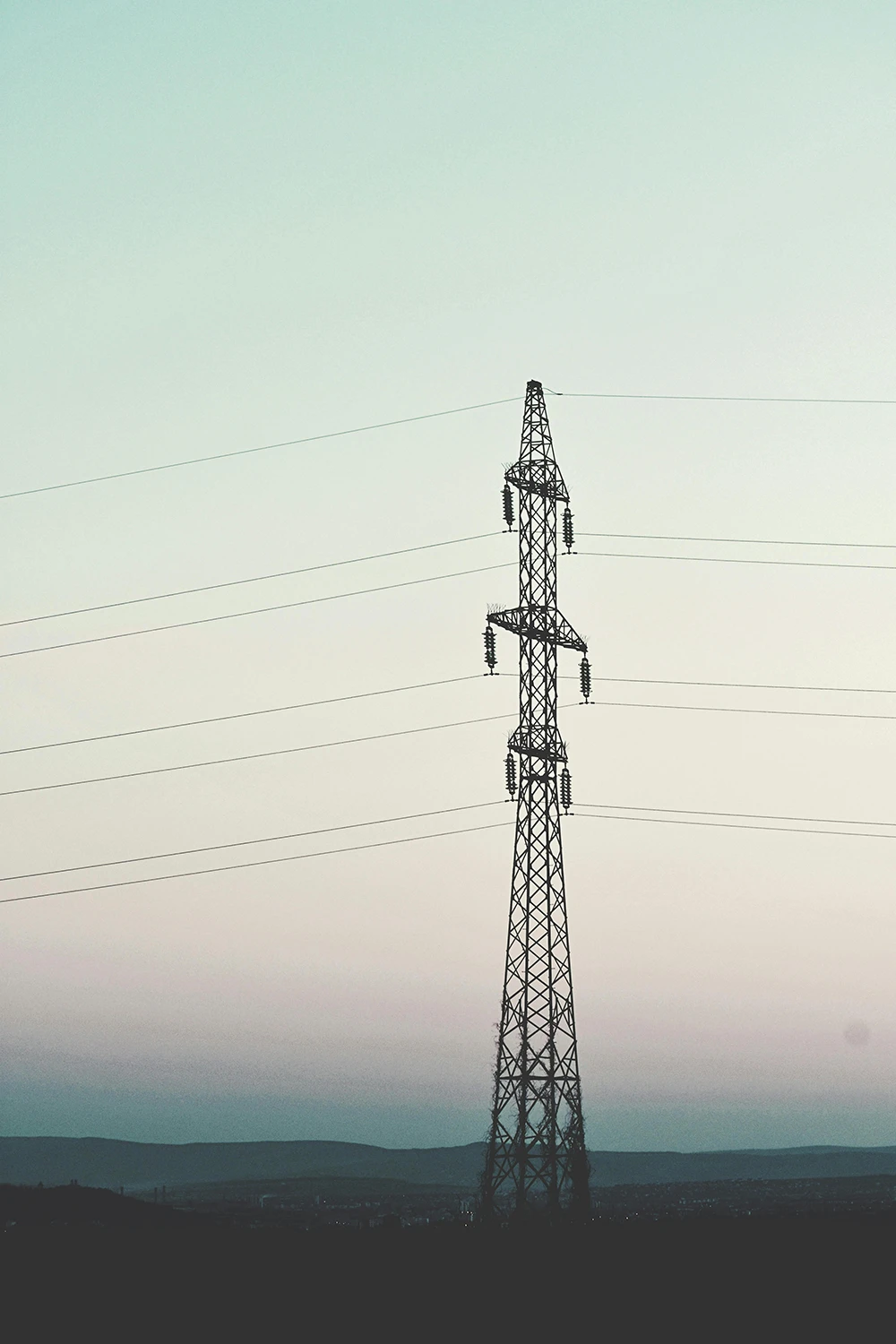
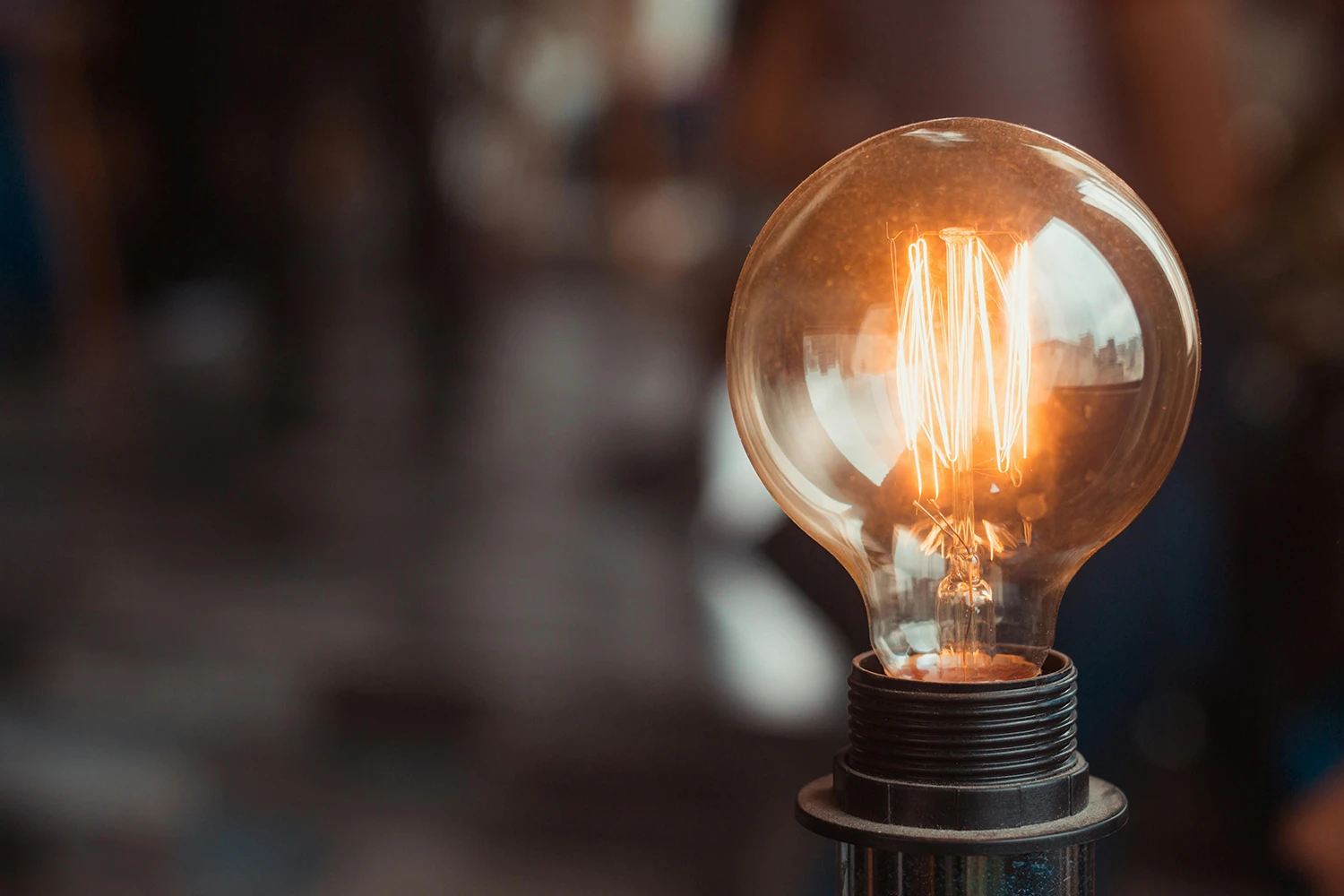
Differences between power vs. energy and kW vs. kWh electricity with examples on how power refers to the rate and energy to the amount over time.
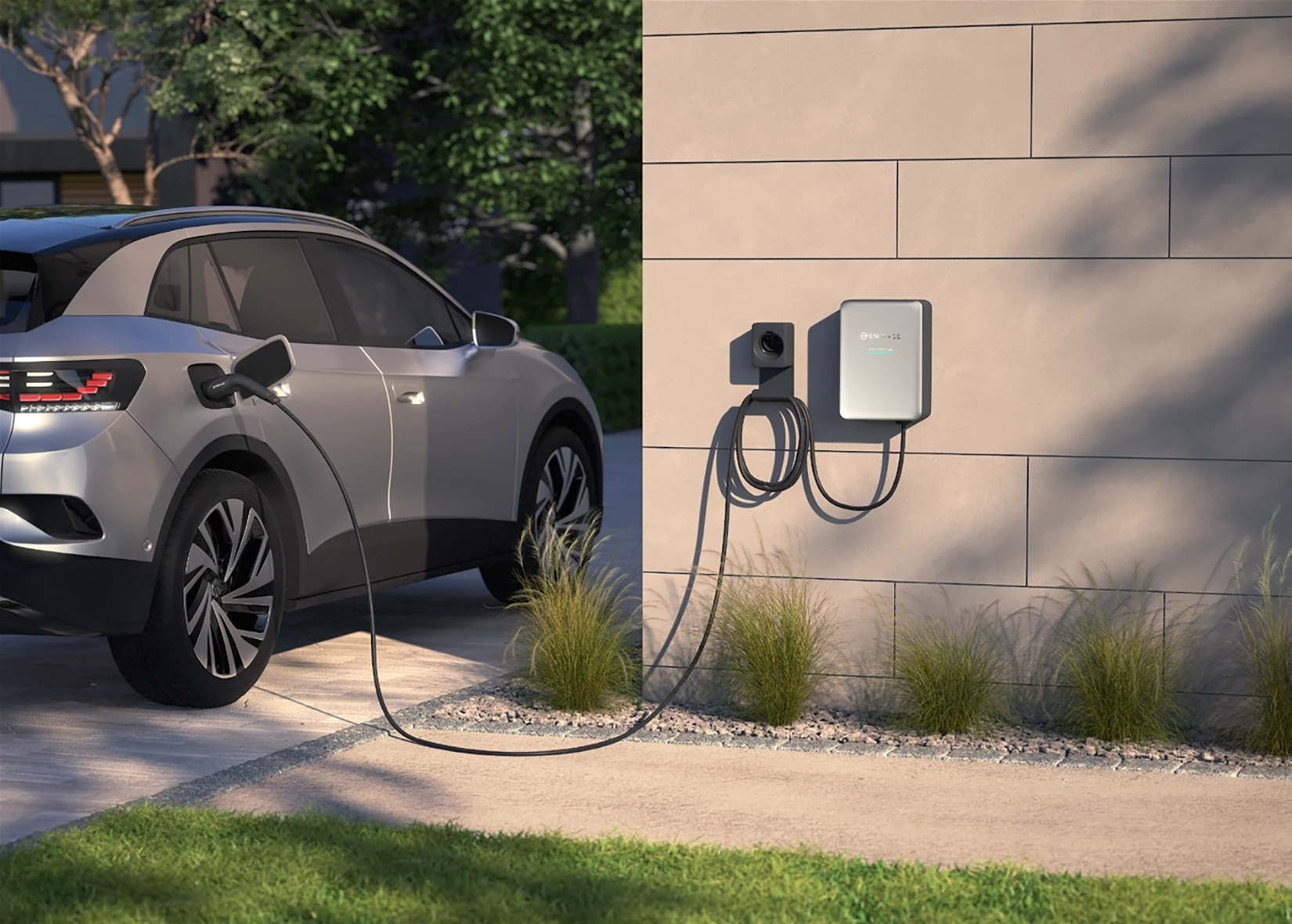
Explore upcoming & available bidirectional V2G-capable chargers in Australia from V2Grid, RedEarth, Sigenergy, Enphase, Tesla, and Fronius EV charging.
Renewable News Articles
Leave a Comment